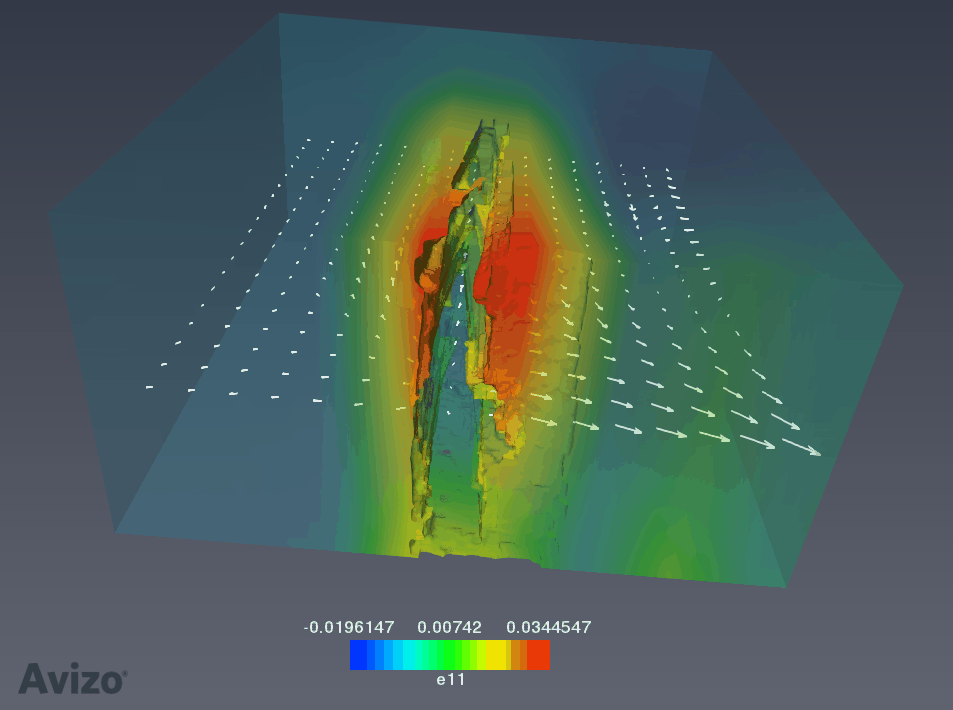

Our mission is to train a new generation of scientists on how to extract relevant and accurate information from tomographic data. We offer 3 training courses with a good balance between theory and experiments using world-wide imaging and modelling softwares such as Amira-Avizo Software provided by Thermo Fisher Scientific.
In course 1, the attendees will learn about the whole imaging chain workflow: acquisition and constraints put on the technique, manipulate, visualise, filter, segment, and quantify tomographic data of a large variety of objects. Each task can become time consuming and tedious when dealing with hundreds of images. To save plenty of time, the use of macros for batch processing multiple images at once will be taught in course 2. This course will also cover the development of plugins to analyse and automate more complex materials. To capture the mechanical information hidden in 4D datasets, the exciting discipline of Digital Volume Correlation will be explained in details in course 3. This couse will be illustrated by computer-based practical works of real case studies (manufacturing of components, phase transformation, deformation and damage mechanisms, etc.).
We also provide custom-built training adapted to your needs and applications.
Course 1 : Visualisation and quantification of tomographic datasets
Click on the image to read the description of the course
Course 2 : Advanced scripting and batching of tomographic datasets
Click on the image to read the description of the course
Course 3 :
In situ experiments and Digital Volume Correlation (DVC)
Click on the image to read the description of the course



